Order Aspidochirotida Higher classification Holothuria | Scientific name Holothuria scabra Rank Species | |
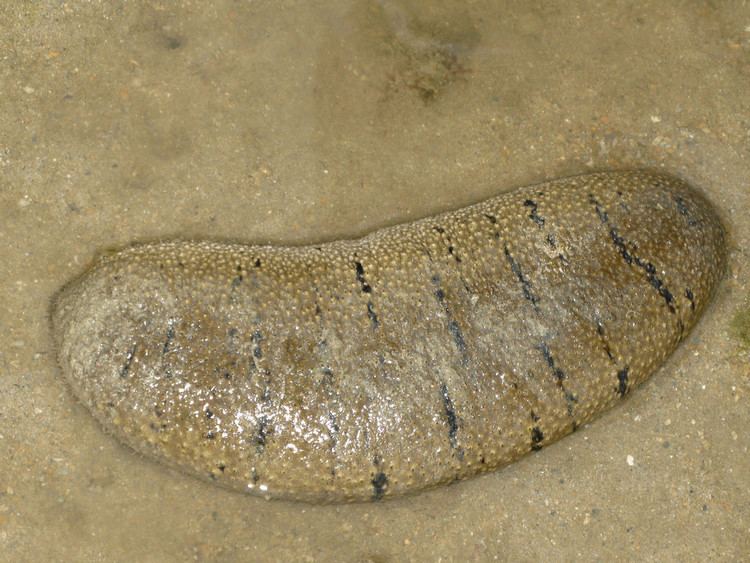 | ||
Similar Sea cucumber, Holothuria, Holothuria atra, Thelenota ananas, Echinoderm | ||
Oman sea cucumber holothuria scabra in motion by khalfan al rashdi
Holothuria scabra, or the sandfish, is a species of sea cucumber in the family Holothuriidae. It was placed in the subgenus Metriatyla by Rowe in 1969 and is the type species of the subgenus. Sandfish are harvested and processed into "beche-de-mer" and eaten in China and other Pacific coastal communities.
Contents
- Oman sea cucumber holothuria scabra in motion by khalfan al rashdi
- Timelapse holothuria scabra feeding
- Description
- Distribution
- Uses
- Hatchery rearing
- References
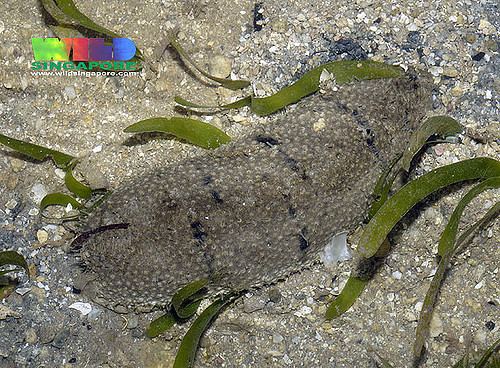
Sea cucumbers are marine invertebrates and are closely related to sea urchins and starfish. All these groups tend to have radial symmetry and have a water vascular system that operates by hydrostatic pressure, enabling them to move around by use of many suckers known as tube feet. Sea cucumbers are usually leathery, gherkin-shaped animals with a cluster of feeding tentacles at one end surrounding the mouth.
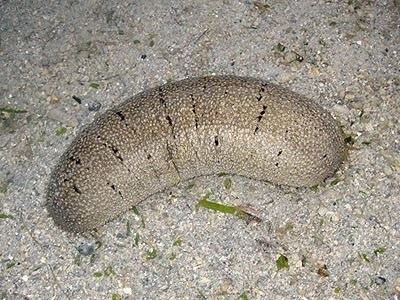
Timelapse holothuria scabra feeding
Description
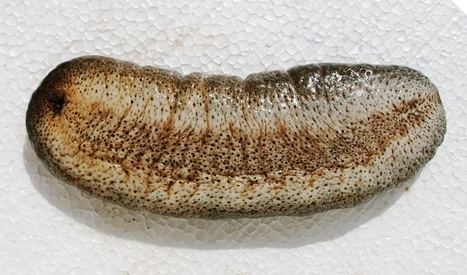
The sandfish is greyish-black on the upper side with dark-coloured wrinkles but paler on the underside. It grows up to four centimetres long, is broader than it is high and has a pliable skin. It is covered by calcareous spicules in the form of tablets and buttons.
Distribution
This species is found in shallow water on soft sediments throughout the Indo-Pacific region.
Uses
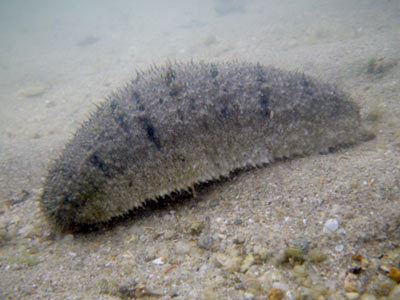
The sandfish has been eaten by man for over 1000 years. About twenty other species of sea cucumber are also consumed but the sandfish is the species most often used. In the 1990s it was being sold dried as beche-de-mer for up to US$100 per kilogram. Harvesting sandfish from the sea is known as trepanging in Indonesia. In many areas the fisheries have declined over the years because of over fishing, so ranching, aquaculture and hatchery rearing are being attempted.
Hatchery rearing
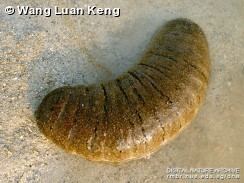
Sandfish stocks are being increased in some areas by being bred in tanks at hatcheries. Spawning is induced by temperature shock and the fertilised eggs incubated for a day. The auricularian larvae that hatch from the eggs are fed on microalgae for nine days after which time they develop into doliolarian larvae. These are fed on diatoms and after five days settle as pentactular larvae onto diatom-coated plates. Juveniles are grown on in tanks and may reach one to two centimetres in three months. They are then moved to larger ponds for a few months before being released into suitable habitats for ranching or restocking.
